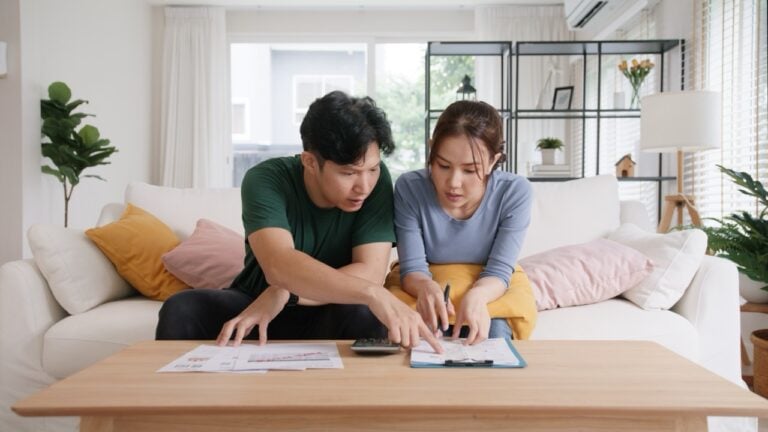Buying a home is one of the most significant financial decisions you’ll make. For many, the process is both exciting and daunting, especially when faced with questions about affordability. While your mortgage application might show that you “can afford” a house on paper, it’s crucial to consider whether you’re truly comfortable with the financial commitment.
This article explores the importance of evaluating affordability beyond the numbers, ensuring you make a decision that aligns with both your financial health and personal peace of mind.
Affordability on Paper vs. Reality
Lenders calculate how much you can afford based on formulas that consider your income, debt, and other factors. While these calculations are valuable, they don’t account for:
- Your Comfort Level: Are you okay with stretching your budget to the limit each month?
- Future Expenses: Will you have enough left over for emergencies, vacations, or unexpected costs?
- Lifestyle Choices: Are you willing to sacrifice certain aspects of your lifestyle, like dining out or hobbies, to afford the monthly payments?
Key Tip: Just because a lender approves you for a certain amount doesn’t mean you need to borrow the maximum.
Avoiding Pressure from Lenders or Agents
The homebuying process often involves discussions with mortgage brokers, banks, and real estate agents. While these professionals are there to help, it’s important not to feel pressured into making decisions that don’t align with your financial reality.
Questions to Ask Yourself:
- Do I feel confident about my financial future?
- Am I relying on savings or retirement funds that I’d prefer to leave untouched?
- What happens if my income changes or unexpected expenses arise?
Pro Tip: Take your time to evaluate offers and avoid rushing into commitments. A home should be a blessing, not a burden.
The Importance of Long-Term Thinking
Owning a home isn’t just about the monthly mortgage payment. It comes with additional expenses, including property taxes, insurance, utilities, maintenance, and unexpected repairs. These costs can quickly add up, impacting your overall affordability.
Consider the Following:
- Emergency Fund: Do you have enough savings to cover at least three to six months of expenses?
- Future Goals: Will your mortgage leave room for other goals, like saving for retirement, children’s education, or travel?
- Interest Rate Changes: If you have a variable-rate mortgage, can you handle potential rate increases?
Red Flags to Watch For
- Tapping into Savings or Retirement Funds
Using these funds to cover a down payment or monthly expenses might indicate you’re stretching too far. - Ignoring Your Gut Feeling
If something doesn’t feel right, trust your instincts. Financial stress can outweigh the joy of homeownership. - Minimal Leftover Cash Flow
If you’re left with little or no discretionary income after paying your mortgage, you could be at risk of financial strain.
Practical Tips for Ensuring True Affordability
- Create a Budget: Factor in all potential costs, including property taxes, maintenance, and utilities.
- Test Drive Your Mortgage: Before committing, simulate living with your expected monthly payment for a few months to see how it feels.
- Seek a Second Opinion: Consult a trusted financial advisor or mortgage broker for unbiased advice.
- Prioritize an Emergency Fund: Ensure you have a safety net for unexpected expenses.
Final Thoughts
Buying a home is a deeply personal decision that goes beyond what’s written on paper. While mortgage approvals and affordability calculations are helpful, they don’t account for your unique financial situation, future goals, and personal comfort. Taking the time to assess whether you truly feel confident about the commitment can save you from financial stress down the road.
Thinking about a mortgage? Contact The Local Broker for expert advice tailored to your needs and financial goals.
